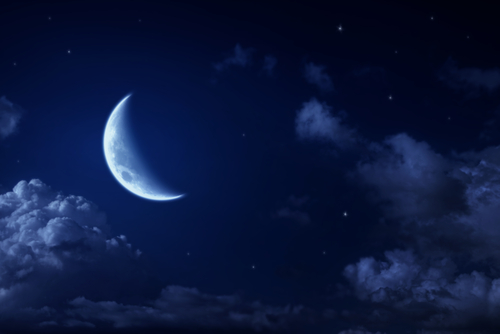SPACE What is a blue moon?
Blue moons, strawberry moons, supermoons. For some reason your news aggregation algorithm of choice thinks you really really really want to know all about these moons. “Catch This Weekend’s AMAZING SUPERMOON,” one headline (or, like, 500 of them) will announce. “The Supermoon Isn’t Actually A Big Deal And You’re All Ruining Astronomy,” another will grouse.
On March 31—that’s Saturday, also known as tomorrow in some circles—we’ll have our second “blue moon” of the year. And while that’s not necessarily special in an oh-gosh-get-out-and-look-at-it kinda way, it’s certainly special: a blue moon is the nickname for when two full moons fall in the same calendar month, and we haven’t had two in one year since 1999. We won’t have it happen again until 2037. Astronomer David Chapman recently explained for EarthSky that this is merely a quirk of our calendar; once we stopped doing things based on the moon and started trying to follow the sun and the seasons, we stopped having one reliable full moon per month. The moon cycle is 29.53 days long on average, so on most months we still end up with a single new moon and a single full one. But every once in a while, things sync up so that one month steals a full moon from another. This year (and in 1999, and again in 2037) both January and March stacked full moons on the first and last nights of the month, leaving February in the dark.

